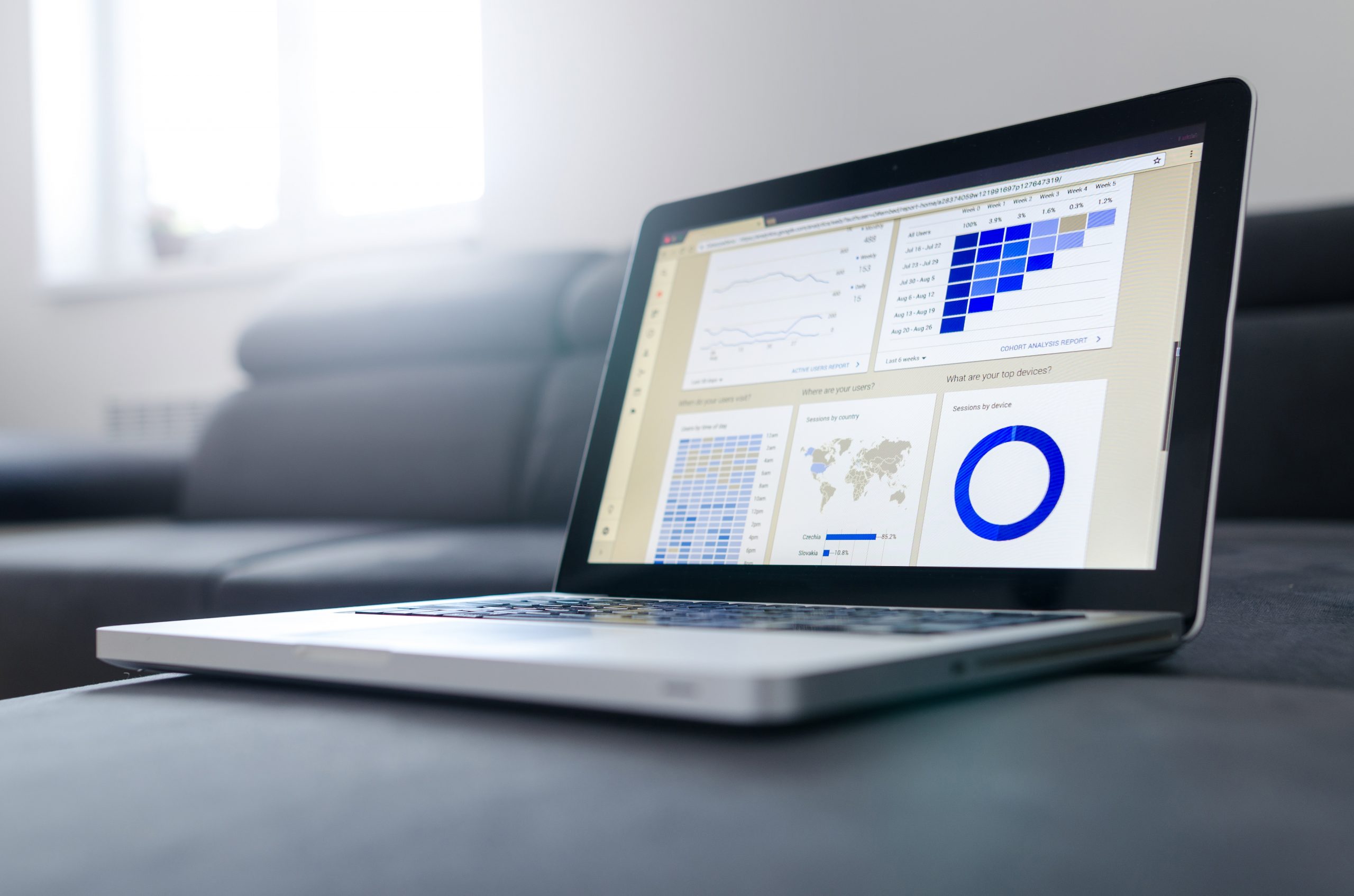
Risk affecting business value in small companies
A simple question with a surprising answer
Surprisingly, we don’t know much about risk. The first sophisticated theories of economic risk were developed during the 1950s, and even though they have been refined since then, there is no universal truth regarding risk. The definition of risk will vary depending on who the risk is pertained towards. Buyers, sellers, investors and customers will all have a different definition of risk, as well as a varying level of risk aversion. But most people can agree on the general definition of risk being uncertainty of what lies ahead. Basically, the future itself conveys a risk since there are so many variable factors that will determine the outcome of a situation. If we look at a business setting, risk is often associated with investment, and more specifically, return on investment.
Is risk an unstable business?
An uncertain economic outcome is the risk in a business situation. Will an investment’s actual return differ from the expected return? This is an important distinction to make, as risk and volatility are not the same thing. An unstable, or volatile, company does not automatically mean it is risky. If you are able to forecast the business’s cash flow or profit, you can plan accordingly and make the necessary preparations. In most investment situations, risk is the uncertainty that is perceived by the investor. Since perception is difficult to concretize and monetize, it is hard to precisely and accurately incorporate into a valuation.
Diving into risk
To deepen our understanding of risk, we need to look into different factors influencing risk. First off, we have industry-specific risk. In general, most businesses within the same industry have similar types of risk. It can be based on daily activities such as the geographical location of a business or the equipment that is used, but risk can also come from the overall industry growth prospects. These risks include barriers to entry, consolidation trends and technological requirements. Then there is the underlying risk of the business itself. In this case we’d be looking at varying supply and demand, at different cost structures that affect bottom line earnings and at the size of the company. Bigger companies tend to show more stability than smaller companies with a niche customer segment.
Moving on, several businesses are financed by debt. This amplifies the risk towards investors since bond holders will always try to ensure that their interest on the loan is being paid in a timely manner and that they will get the principal amount back. Usually, businesses that are very dependent on debt are riskier to the shareholder – all else equal. Furthermore, assets are usually put down as collateral, exposing the investor even more. However, debt holders normally do not lend money to super adventurous businesses.
Cash is king
Investors are also sensitive to the question of liquidity. Will the investor be able to sell its holdings at any preferred time? If not, it might be difficult to obtain cash if and when it is needed. Just look at the real estate market. More times than not, it is difficult to sell property at any given time, compared to, for example, government securities. From an investor’s perspective, the easiness with which an investment in a company can be translated into cash to be used in other situations is thereby of fundamental concern.
Reaching universal truth
As mentioned in the beginning of this post, there is no simple answer to the question of what risk actually is, especially since it differs in so many situations. But by breaking down the concept of risk into various investor-situations, we hope you have gained some insight. One general principle, that we claim is safe to assume, is that as an investor, the more risk you are exposed to, the lower the value of the firm is. Companies can affect their own risk parameters, even though there is usually an industry standard. By thoroughly doing your research on the nature and logic of the business and thereby enabling an estimate of your business value, your risk assessment has a much larger chance of accurately reflecting reality. By doing so, you are coming one step closer to the universal truth of risk!
